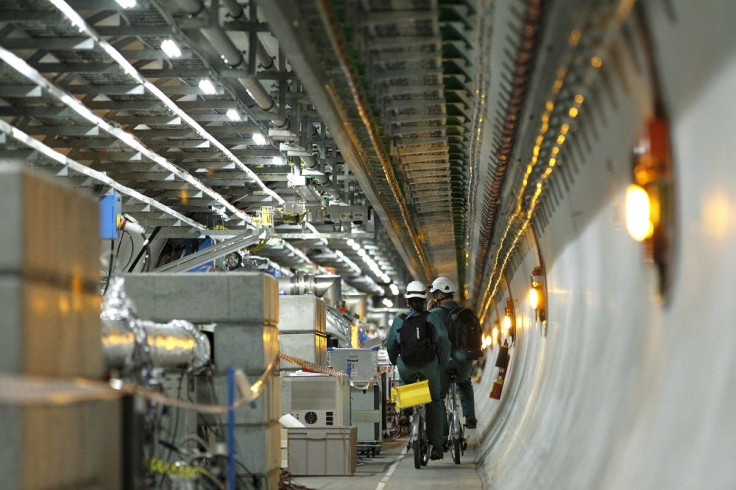Sydney holds Large Hadron Collider exhibit at MAAS on Aug 11-Oct 30

CERN experiments on the Large Hadron Collider never fail to catch the attention of people since the scientists discovered the God Particle. Sydney residents would have an opportunity to have a better understanding of the collider for about 10 weeks.
From Aug 11 through Oct 30, the 2016 Sydney Science Festival will provide visitors a behind-the-scene look at the CERN’s particle physics laboratory in Geneva which houses the collider. The exhibit would be held at the Powerhouse Museum of the Museum of Applied Arts and Sciences (MAAS) reports Gizmodo.
Dolla Merrillees, MAAS director, says the exhibit offers visitors an opportunity to walk through the CERN control room, discuss with virtual scientists and engineers and go through a scientist’s workbench. It features blending theatre, video and sound with real artefacts from CERN.
Visitors could follow the journey of particle beams when it is injected into the accelerator chain, ramped up to speed and steered around the collider’s 27-kilometre-long tunnel. While moving along the tunnel, a wrap-around projection allows the audience to simulate the particles smashing together around one of the massive experimental caverns of CERN.
It is the second year of the Sydney Science Festival. MAAS is producing the collider exhibit, in collaboration with museums, galleries, academic institutions, companies, researchers, engineers and community organisers. Entrance fee to the exhibit is $20 for adults, $13 for concessions, $5 for children and $45 for a family pass. The tickets to the collider exhibit would be sold beginning June 24.
Meanwhile, Bristol reports that CERN just installed a new detection technology developed by British scientists to hunt for Dark Matter taking place at the collider.
Dr Jim Brooke, senior research associate at the University of Bristol’s School of Physics, explains that under the old system, CERN researchers relied on identifying one or two high energy particles as a sign of interesting physics. With the new technology, “seeing the whole picture in high resolution means the electronics can begin to decide whether those particles come from a Higgs boson or new physics like dark matter production.”






